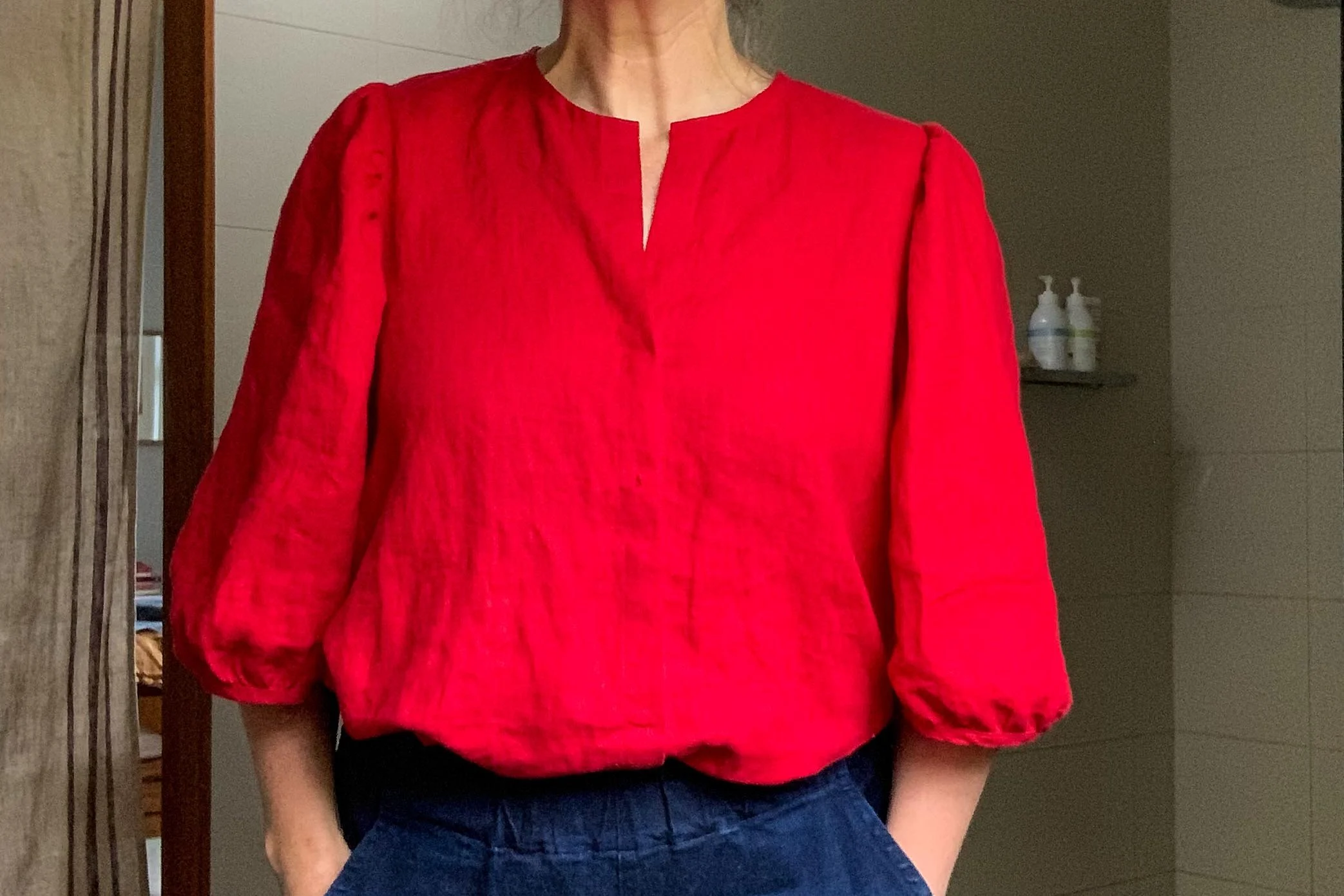So I was always the kid with the why. Why should I do it that way? And why can't I do it? And why and why. And why.
That said, I was also incredibly happy when someone gave me a good reason ie. a good reason was simply one that made sense to me. I wasn't unreasonable. I just wanted to understand.
Perhaps it didn't make me the easiest child to parent, but what it did do is make me a great researcher. If someone couldn't answer my question to my satisfaction, I would just keep searching and asking, and harassing and pestering, until someone could explain to me the why.
The thing about a why though is that it is specific to the person giving you the answer. Often the person's why doesn't apply to you given your circumstances, as you will have different needs and values to them.
And so even now, when I (finally) get a good answer to a why-based question, I often find myself again asking "but why?". Oh so annoying, but oh so true.
The bigger why, is why is that answer true?
Which is how (and why) point 5 of The Craft Sessions Manifesto exists. It speaks specifically about why stating
“It’s your craft. There are no rules to how things should be done. Do them in a way that makes sense to you.”
Now if you have ever been to an old school craft shop of any kind, or been taught anyone like my Nana, you will know that most people think that there are many many rules around crafting (and life*). And many people believe that rules are there to be followed; that that is the point of them.
I don't. I believe that rules are often specific to a person, a need, a value, an intention or a method. And I believe that you should choose to do whatever makes sense to you. Follow the rules or break the bloody rules. Both are valid choices in many circumstances.
This came up for me recently as I'm in the process of making a lone star quilt for my middle kid, and I'm breaking the rules. I'm making it out of linen and a basic rule of quilting - that I break all the time - is don't quilt with linen as it distorts. This is particularly true when you are trying to quilt something that is complicated and precise, like a lone star quilt. If you aren't precise as you quilt, then you end up with distortion, and distortion means your quilt will be lumpy and possibly not fit together very well. It definitely won't be flat. As linen is the queen of distortion, it isn't great to quilt with. It shifts in all directions and doesn't have enough structure to be precise. Quilting with linen leads to wonky quilts.
I made the decision to make this quilt from linen as the quilt my kid wanted me to copy was naturally dyed. I'm not planning on doing much natural dyeing in the near future, so I thought the Watercolour linens from Purl Soho might be a nice substitute as they aren't flat colour, which more closely mimics natural dyed fabrics. Yes, I could have used shot cotton (which also has a different warp to weft like the linen) which would have had stability but I was in love with the Watercolour linen colours.
So I decided to break the rules. I did this with the full knowledge that my quilt might not work and that it would probably be lumpy. I took measures to avoid as much distortion as possible by making sure as I was cutting I cut along the grain or cross grain. I was careful with my seam allowances, and measured often to make sure I wasn't stretching the diamonds. It was a crazy amount more work, involved a reasonable amount of torturous picking and unpicking, but I have a quilt. And I love it.
But it is distorted.
Distorted quilt piece (especially to the left of the picture) to match my chipped nailpolish?
I tell you my story because I keep remembering this wonderful woman from Brisbane, who made the journey to a Handquilting workshop I did in country Victoria a year or two ago. She took the time, and made the arrangements, to come all that way to do the workshop simply to ask a question.... which was "Can I use this fabric (that I love!) on the back of my quilt?" You see, she had been to her local quilting shop and been told a definite no. "No you can't use that kind of fabric on the back of your quilt." She didn't understand why, and was so frustrated by the answer that she came to my workshop to ask whether what they had told her was true. She said "I know you will tell me the truth".
I've thought about her often, as she illustrates to me just how confusing and tricky it is to be new at a craft.
The tricky thing about breaking rules, is that you need to first understand what the rule is about, where it comes from, and how it became a rule. This is the why behind the why....
And the even trickier thing about the many people who tell you about "the rules of craft" is that they often can't tell you why a rule is a rule in the first place. The fact that they don't always know, often makes it tricky to assess whether breaking a rule is the way forward for you, on a given day, for a given project, with a given outcome in mind. Because by breaking the rules will generally give you a different outcome.
Of course it's not true that you can't use a fabric you love on the back of your quilt. Of course you can use whatever bloody fabric you want. There are no quilting police - I hope.
I know that the ladies in the quilt shop were trying to be helpful to a newcomer, and were simply telling her their rules of quilting based on their understanding of what a quilt should be. Their idea of a quilt is ye old "a quilt should be precise and neat, last for at least 100 years, be flat and slightly stiff, be quilted to within an inch of it's life". They love those kinds of quilts and they teach that kind of quilting, based on what they value.
I love and value different things. I want my quilts to be snuggly not stiff, I want them to have movement. I love linen, and I like the biasing that happens to linen when you quilt it. I don't mind if my quilts only last 40 years. I'm OK when they occasionally tear as they aren't perfectly flatly quilted and so, sometimes catch on a passing tree as my kids drag them around the garden. I'm ok when they wear more quickly than they need to as they are too lightly quilted or because I've used fabrics like flannelette.
We like different things in a quilt and as such it's OK that we follow a different set of "rules" when we are making a quilt.
Biasing and lumps on my little boy's quilt. And yes some of that binding is flanellette. And the spots are a thick cotton/linen blend. Not a quilting cotton in sight :).
Breaking rules is tricky when you are a beginner as you can't tell which rules are important for your project and which one's don't apply to you. And of course breaking the rules is still really tricky even when you have experience, if you don't know why the rule is the rule. Breaking the rules can lead to disasters, and deciding whether to ignore them can be a confusing conundrum.
But breaking the rules can also lead to beauty, to a quilt that takes your breath away as it is made with the things you love**.
The way forward? The way forward is to always question the why. To find out what is behind it. Is it simply aesthetics, longevity, values, useage, personal preference, x, and y, and z.....? What is it that makes that rule a rule? And do you care? Then if you still can't decide, experiment and see what happens. All new ideas and techniques had to start somewhere, and they often came from experimentation. Innovative, interesting things often come out of smashing rules, so smash away.
Any thoughts? Disasters? Triumphs?
Felicia x
* My nana had a rule that "young ladies should only drink lemon squash". Apparently this applied even if the young lady in question was 30.





